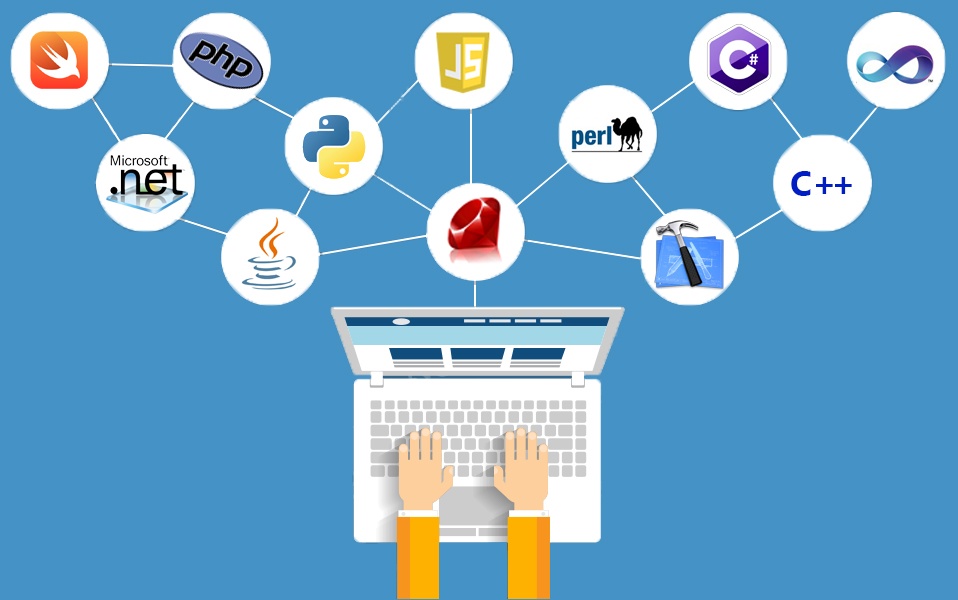When choosing a data room provider, it is important to consider a number of factors. Companies should be able to access the data they need without any difficulty. The information they contain should be highly restricted, making it difficult for the public to access the information. A data room should have systemized filing that is accessible only to authorized people and should be simple to use. Listed below are some of the things to consider when selecting a VDR.
o Service level: Some providers bill per data room, while others charge by project. The former is more cost effective for a single data room, while the latter is more expensive for multiple rooms. However, there are some limitations – such as storage size and number of users – that make it difficult for smaller companies to afford it. Overage fees can add up quickly, especially if a lot of files are stored.
o Security: Data rooms vary in terms of the security and service level. Some offer basic services while others are full-service, with dedicated teams ready to help with anything you need. Typically, a full-service data room offers 24/7 support, with dedicated teams capable of formatting information. In addition to this, a virtual data room provides better security for your information. If you’re interested in a more robust solution, you can choose a higher-level service.
Security: There’s no way to guarantee 100% security and confidentiality, and public-access file exchange platforms are a constant source of vulnerability. A digitally protected data room will help keep your business secrets safe from the eyes of potential hackers. Unlike free-access platforms, virtual data rooms maintain strict security standards and are equipped to withstand hacker attacks. These features are essential for legal firms, who need the utmost confidentiality for sensitive information.
Security: The security of your data room is vital. The security of your data is of paramount importance. In an age of cyber-attacks and phishing, there are many ways to protect your company. By utilizing a virtual, secure space, you can avoid any risk of damaging your data and keeping your business safe from unwanted attention. The underlying security is an important factor in your business. Using a secure virtual data room can protect your assets against hackers and other potential threats.
While both types of data room services are based on the same underlying technology, they differ in the degree of service and security they provide. For example, the security of a traditional VDR is important, and it should be monitored constantly to prevent any breaches of confidential information. Furthermore, you should limit the number of people with access to your data room. You don’t want to give out your information to anyone.




